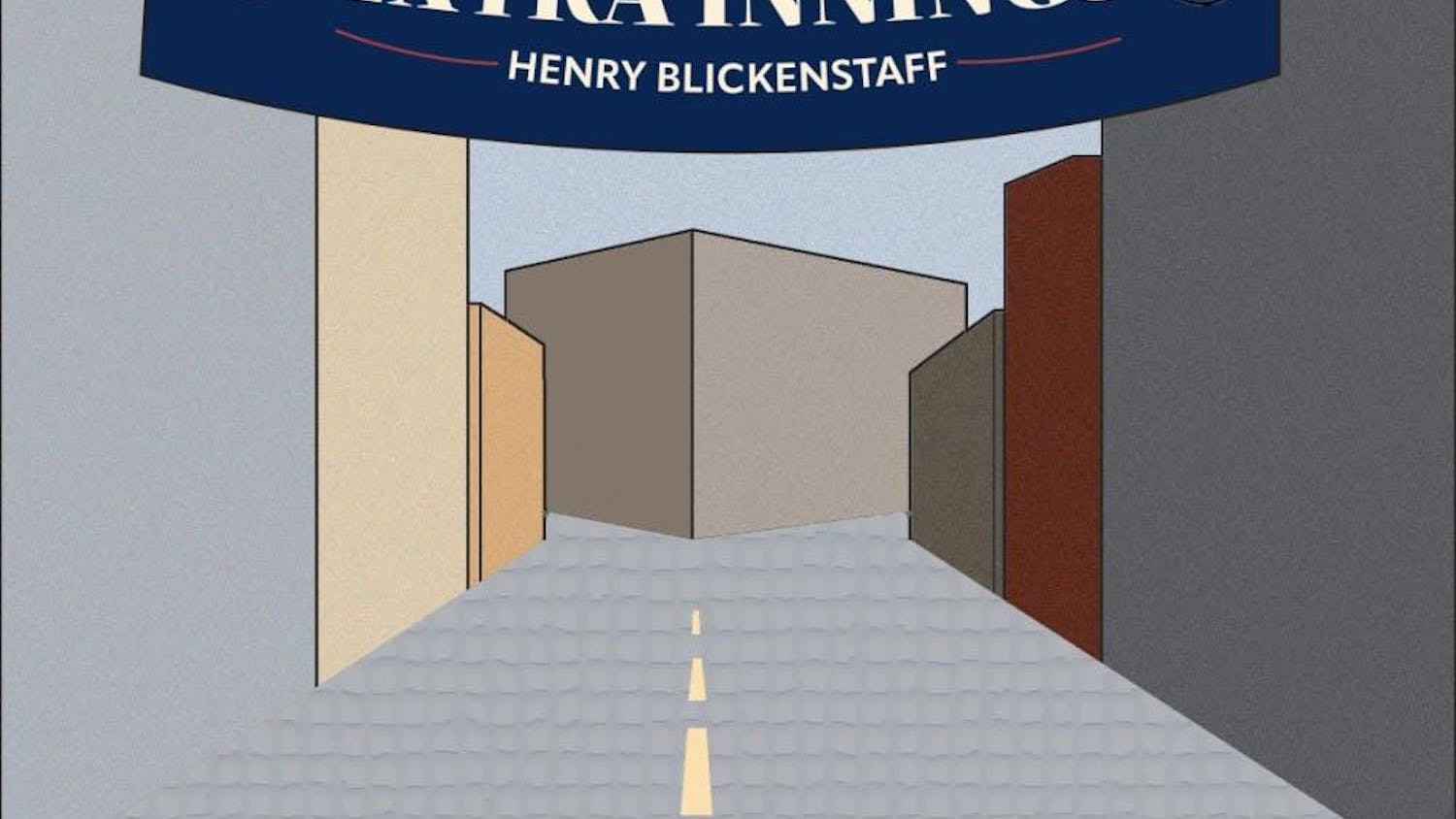Today, I have very exciting news for you about one my favorite conversation topics: trees. While it’s been clear that trees have some sort of carbon sequestration potential that can help mitigate climate change, until recently we didn’t know anything specific about what this storage potential could possibly be.
This summer, a team of European scientists proved that trees are an invaluable weapon in the fight against climate change. Their study found that there are 0.9 billion acres of land throughout the world that can be reforested; if we successfully reforest this land, we could potentially capture 205 gigatonnes of carbon. By their estimates, this technique could cut the carbon in the atmosphere by 25%.
Reforesting 0.9 billion acres of land is no small feat, and it’s not an immediate solution: scientists estimate it could take anywhere from 50 to 100 years for these newly growing forests to absorb all of this carbon. And that’s once they are planted — in order for this project to have the most potential, reforestation efforts need to begin as soon as possible.
Seems daunting? Like, yes, very.
However, it may not be as impossible as it sounds. There’s significant tree-carrying capacity in several large countries throughout the world: 225 million acres are in the United States and 193 are in Canada. Many of these areas used to be covered by forest, and many have already begun conservation projects to regenerate original forest cover.
For example, The Nature Conservancy’s Cumberland Forest Restoration Project protects 253,000 acres of Appalachian Forest in Kentucky, Tennessee and southwest Virginia — a chunk of land bigger than Shenandoah and Acadia National Park combined. The Mississippi Bottomland Hardwood Project is attempting to restore wetlands and forests that used to cover 24 million acres throughout the region.
While progress is often slow on projects like these, they show that the land is there, and that restoration is possible. Currently, it’s slow going. Conservationists face challenges from corporations and courts, let alone the ecological challenges of getting a forest to regrow and mimic the patterns it used to. However, even if it’s on a smaller scale than what eventually will be necessary, the infrastructure for conservation is there, and there are people figuring out how best to go about it.
Reforestation is not the only solution to climate change, nor is it an alternative to conserving primary forests, or the original forests that have existed for millennia. Many species of trees, like Sequoias (sequoiadendron giganteum) in California or Kapok trees (ceiba pentandra) in the Amazon, take hundreds of years to achieve their full growth potential and can’t simply be brought back in 40 years.
Just because reforestation won’t solve all of our problems doesn’t mean it’s not something to be excited about. Climate change is a complex, multi-faceted issue that can’t be solved by just one solution, person or country. Any new technology, idea or discovery that can help protect the planet in some way is worth celebrating, and today we celebrate trees.
More from The Tufts Daily





